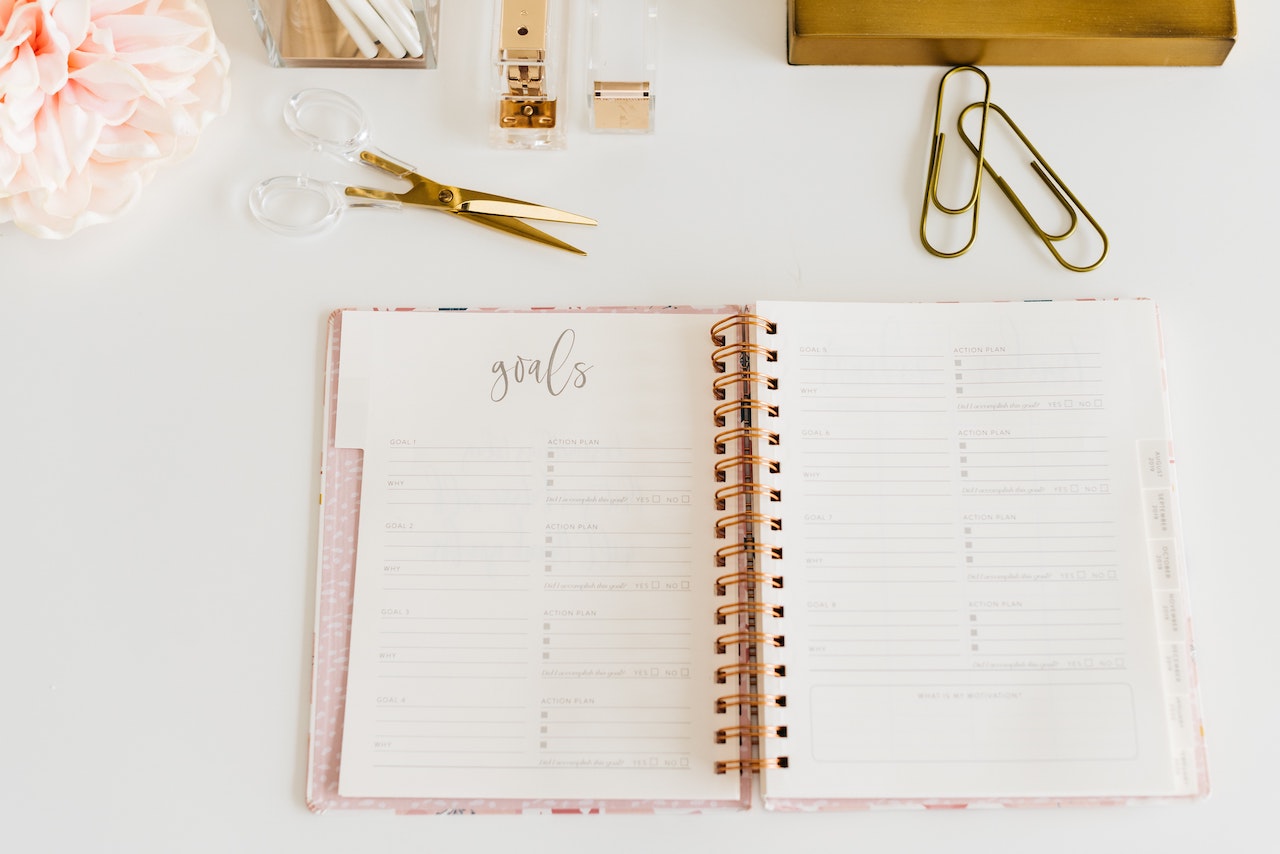Intermittent Fasting, and Why it Works.
If you keep up with the health and fitness world, you’ve probably heard the term Intermittent Fasting or the letters ‘IF’ being tossed around a lot lately.

That’s because Intermittent Fasting is helping many people from athletes to celebrities, and probably many of your friends and coworkers, control their eating habits and reap the rewards of their nutrition.
What is Intermittent Fasting?
Before you start freaking out that you’re going to have to half your calories, let’s be clear… IF is not a diet, it’s an eating style. Intermittent Fasting doesn’t change what or how much you eat, only when. And the results are surprising.
First, the basics. There are three types of IF.
Intermittent fasting aims to have your body in a non-fed state for a certain controlled amount of time per day.
16/8 – This method is the most common, with 16 hours fasted of your 24 hour day. That means you’re only consuming food during the other 8. While “not eating” for 16 hours sounds horrific, remember you sleep for 8 of those and if you can start to add 4 hours to our night and another four to your morning, you start to see you can easily make it to 16.
20/4 – More extreme, this method cuts your eating time in half, leaving you with 20 hours of fasting.
6/1 – Some say this is the most intense, some say it’s the least. 6/1 means you fast one full day a week, and the other six are normal.
At the end it really comes down to your goals and lifestyle!

But… why?
To understand why anyone would do this, you have to understand the differences going on in your body in a “fed” state and a “fasted” state.
Let’s try to simplify a very complex issue!
We all know that calories are energy. Your body uses energy to run all it’s functions, physical, mental, restorative, digestive, and more… right? The calories we take in as food should be used to “run” our body and be burned off or the excess turns to fat. That is still true, but your calories aren’t always sitting in the same bank account.
When we’re in our “fed state” the body has to choose between consuming the new fresh energy you’re giving it, or beginning to eat some of the stored energy you have on your body. In a fed state your insulin levels are high, and your body chooses that fresh new food.
In a “fasted state“, our insulin drops and our body switches to using our stored food (aka. fat). Also, when your body isn’t working overtime to digest, it can stretch it’s legs and work on repairing and cleansing other parts of your body.
It’s all about Insulin!
At the end of the day, IF is not about changing your life, it’s about tricking your body and lowering your insulin. Insulin is our fat storage hormone.
Yes, we need it to survive! Evolutionarily it kept our bodies warm and our joints coated and healthy. However with modern lifestyles and food sources, we just don’t need that much of it. Our cells, though, haven’t gotten the message and they’re addicted to it.
By adopting an IF way of life you can drop your insulin levels, which leads to fat loss!

How to Start!
Wanna give IF a try? It can be intimidating to start.
First, look at your daily routine. Don’t try to choose an IF routine that’s going to be impossible for you to maintain.
- Do you start work early or late?
- Do you workout in the morning or night?
- Do you have dinner with family every night at a certain time?
- Do you and your coworkers always have lunch meetings?
Every lifestyle change will come with some compromises, but take a look at what 8 hour period you enjoy eating most in, and start to work from there. (Side note: your digestion is at it’s strongest between 11am-2pm. Starting your eating somewhere in these hours is never a bad idea.)
First step. Cut out after-dinner snacking and drinking. Wake up the next morning and don’t eat until you feel hunger. Most likely that will be between 10-12 hours.
Maintain that same 10-12 hour routine for 2-3 days, increasing it by an hour or two in either direction, depending on your daily routine, until you get to 14. Once you feel your body adjust to 14 hours, then push it a little further to 16 hours.
Remember, nothing is worse for your body than STRESS! So enjoy the process and take it easy. Life happens!



